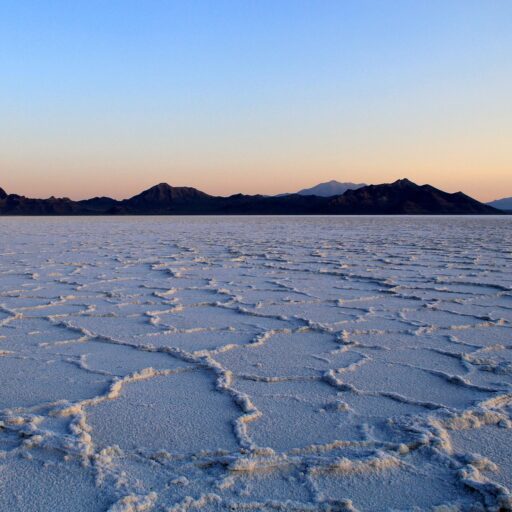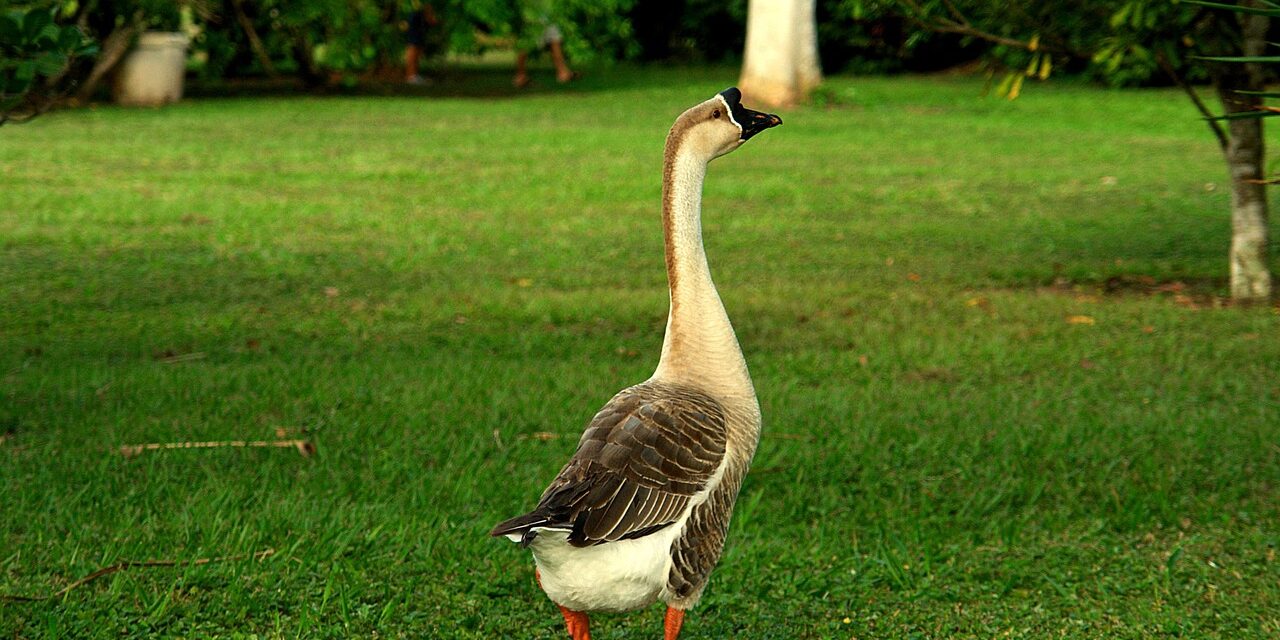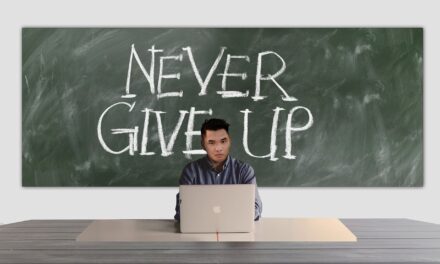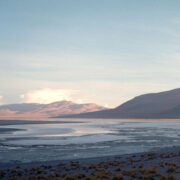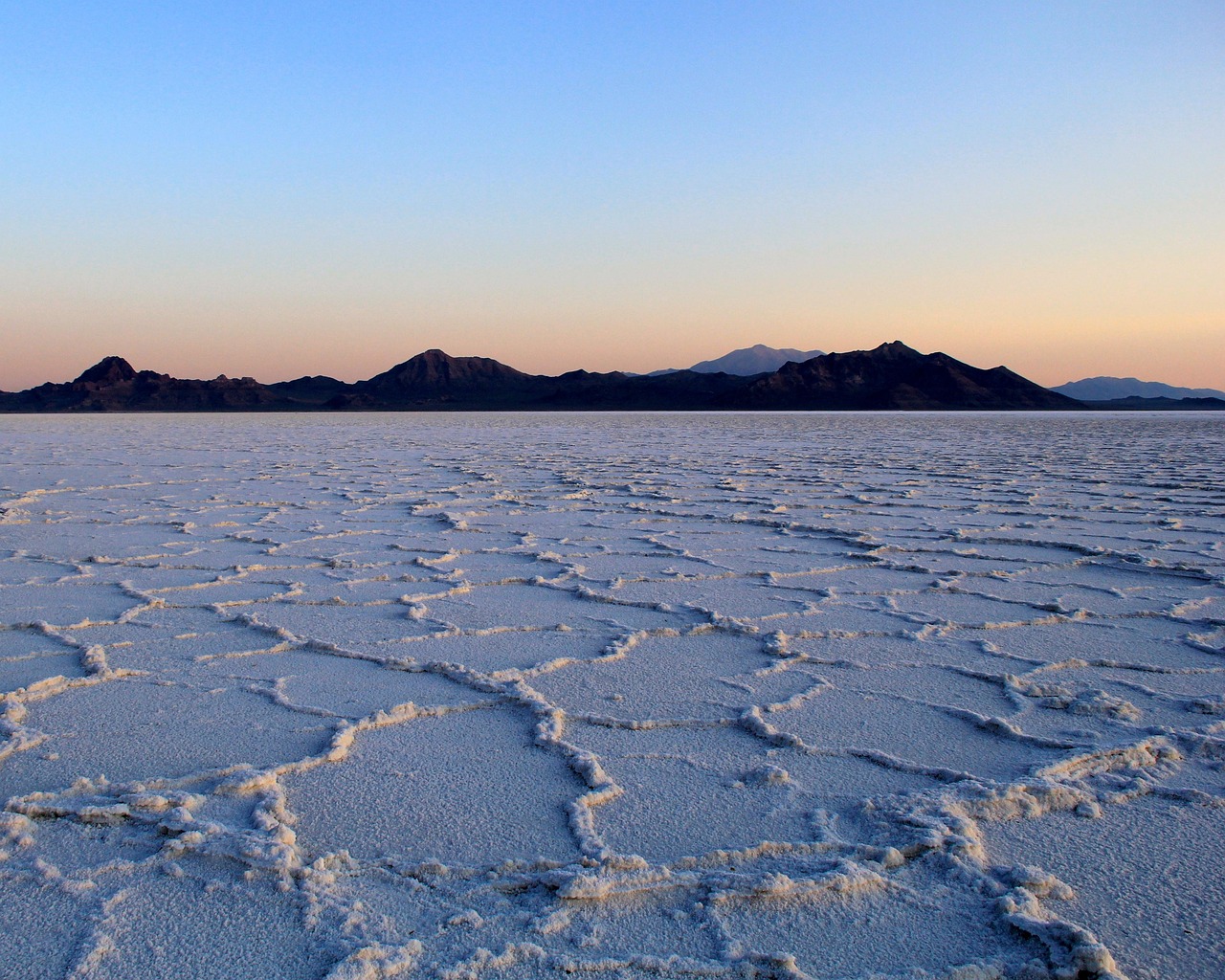Examples of successful water management projects in similar environments and Case Studies and Success Stories explained
Get Examples of successful water management projects in similar environments in Greater Salt Lake, read on…
Q&A about the Great Salt Lake:
Q: Why is the Great Salt Lake shrinking?
A: The snow in the mountains is melting earlier in the year due to climate change. This means less water flows into the rivers and streams that feed the lake.
Q: What else is contributing to the shrinking lake?
A: Human activities, such as using water for agriculture and other purposes, are also draining the lake. It’s like opening the drain wider and filling the tub less, causing the water level to drop.
Q: What is the problem with the Great Salt Lake shrinking?
A: The shrinking lake is a serious issue because it disrupts the water cycle, harms wildlife, and even impacts air quality.
Q: Is it like a bathtub?
A: Yes, you can think of the Great Salt Lake as a giant bathtub. The mountains are like the faucet, the rivers are like the pipes, and the water being used by people is like the drain. The lake is like the water in the tub, and it’s going down.
Q: What can be done about it?
A: We need to find ways to conserve water, manage its use more effectively, and address climate change to help save the Great Salt Lake.
The Great Salt Lake: A Sea of Challenges
TL;DR The Great Salt Lake is facing a serious water shortage due to climate change and human activities. This is affecting the lake’s ecosystem, the economy, and the health of nearby communities. We can help by saving water, using new watering techniques, and supporting policies that protect the lake.
The Great Salt Lake’s Water Cycle
The Great Salt Lake is a giant puddle in the middle of Utah. It gets its water from the rivers and streams that flow into it. But lately, the lake has been shrinking because it’s not getting enough water.
Think of it like a bathtub. The water flowing into the bathtub is like the rivers and streams. The water going down the drain is like the water evaporating from the lake and being used by people. But now, the drain is open wider, and the tub is filling up less, causing the water level to drop.
Climate Change and Water Shortages
Climate change is messing with the water cycle. It’s getting hotter, which means more water evaporates from the lake. The snow in the mountains is melting earlier in the year, which means less water flows into the rivers and streams that feed the lake.
People also use a lot of water for farming, drinking, and other things. All this water use means there is less water left for the lake. The Great Salt Lake has been shrinking for years, and the water level is at its lowest point ever.
The Consequences of a Shrinking Lake
A shrinking Great Salt Lake is bad news. It’s like losing a big part of Utah’s natural treasure. The lake is home to many animals, like birds, fish, and brine shrimp. Without enough water, these animals might not survive.
The shrinking lake also affects the air we breathe. When the lake dries up, it creates dust storms that can make people sick. The lake is also important for the economy. It supports tourism, fishing, and other businesses.
What We Can Do to Help
We need to take care of the Great Salt Lake. Here are some ways we can do that:
- Save water: We can all do our part by taking shorter showers, fixing leaky faucets, and watering our lawns less often.
- Use new watering techniques: Farmers can use less water by using new techniques like drip irrigation. This helps water go straight to the plants instead of being lost to evaporation.
- Support policies: We need to support policies that protect the lake. This might include setting limits on how much water can be used for agriculture and making sure there is enough water flowing into the lake.
Examples of Success Stories
There are many successful examples of water management projects around the world. These projects show that it’s possible to conserve water and protect the environment.
- The Colorado River: The Colorado River is another important source of water for the Western United States. In recent years, the river has faced water shortages due to climate change and overuse. However, the Colorado River Basin states have come together to develop a plan to manage water resources sustainably. This plan includes water conservation measures, infrastructure improvements, and new technologies.
- The Aral Sea: The Aral Sea in Central Asia was once one of the largest lakes in the world. However, over the past few decades, it has shrunk dramatically due to water diversion for irrigation. The Aral Sea disaster has shown the devastating consequences of water overuse. However, there are now efforts to restore the Aral Sea. These efforts include building dams to conserve water, replanting vegetation, and promoting sustainable water management practices.
Case Studies and Success Stories
The Active Climate Rescue Initiative (https://climate-rescue.org/) is a group of people who are working to solve the Great Basin water supply shortages. The Great Basin is a large area that includes the Great Salt Lake. Active Climate Rescue Initiative has developed innovative solutions to help restore the Great Salt Lake and the surrounding environment. They are working with local communities to implement sustainable water management practices, such as water conservation, drought-resistant landscaping, and improved irrigation systems.
Summary
The Great Salt Lake is facing a water shortage due to climate change and human activities. This is affecting the lake’s ecosystem, the economy, and the health of nearby communities. We can help by saving water, using new watering techniques, and supporting policies that protect the lake. There are successful examples of water management projects around the world that show us that we can conserve water and protect the environment. By working together, we can make sure that the Great Salt Lake is around for future generations.
More on Examples of successful water management projects in similar environments…
- ## SEO Keywords related to ‘Examples of successful water management projects in similar environments’ and ‘Case Studies and Success Stories’:
- General:
- Water management success stories
- Case studies of successful water management projects
- Examples of successful water management initiatives
- Best practices in water management
- Water management solutions that work
- Water management project success factors
- Lessons learned from successful water management projects
- Water management innovation case studies
- Sustainable water management projects
- Water security success stories
- Environment Specific:
- [Environment type] water management success stories
- Successful water management projects in [specific region]
- Case studies of water management in [specific geographic area]
- [Environment type] water resource management success stories
- [Environment type] drought mitigation success stories
- [Environment type] water conservation case studies
- Specific Project Types:
- Successful rainwater harvesting projects
- Case studies of wastewater treatment plants
- Examples of successful irrigation projects
- Success stories of urban water management
- Case studies of water infrastructure projects
- Examples of successful flood mitigation projects
- Successful desalination projects case studies
- Water reuse case studies
- Industry Specific:
- [Industry] water management case studies
- Successful water management in [industry]
- [Industry] water conservation success stories
- [Industry] water efficiency case studies
- [Industry] water footprint reduction success stories
- Challenges and Solutions:
- Overcoming water management challenges case studies
- Successful water management in drought-prone regions
- Solutions for water scarcity success stories
- Water pollution control success stories
- Water management solutions for climate change
- Benefits and Outcomes:
- Water management project ROI case studies
- Economic benefits of successful water management
- Social impacts of water management projects
- Environmental benefits of water management initiatives
- Water security success stories
- Improving water quality success stories
- Research and Resources:
- Water management research case studies
- Water management best practices guide
- Water management resources and tools
- Water management case studies database
- Water management publications and reports
- Note:** Replace ” [ ] ” with specific information like environment type, region, industry, etc. for tailored keywords.
